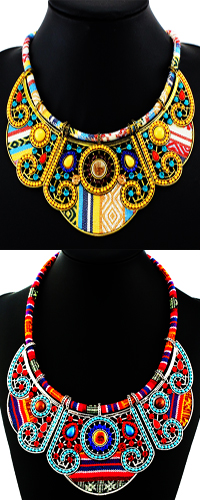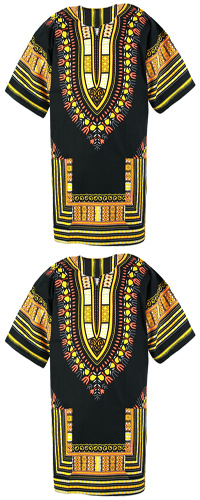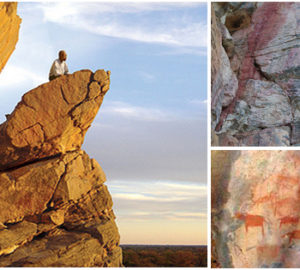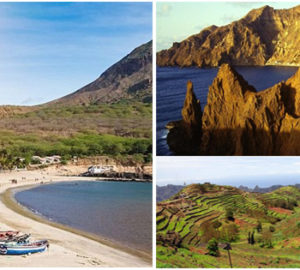Amilcar Cabral: father of Cape Verdean & Guinea-Bissau independence
Historical context.
At the time, the Cape Verde archipelago and Guinea-Bissau were under Portuguese domination. The local population suffers a lot from this colonization which deprives them of their fundamental freedoms. With only 500,000 inhabitants in 1960, they were forcibly requisitioned for the production of a peanut monoculture and neglected their traditional agricultural production. In Cape Verde, the economic and social situation is deplorable as in Guinea-Bissau. Due to the diversion of traditional agricultural production by the settlers and the lack of water linked to rainfall. This problem leads to repeated famines, which kill more than 135,000 Cape Verdeans between 1900 and 1948. The lax Portuguese settlers of this situation contributed to the division between the Guineans (Blacks) and Cape Verdeans (Métis) and invest very little in infrastructure..
Birth and education.
Amílcar Lopes da Costa Cabral was born on September 12, 1924 in Bafatá (present-day Portuguese Guinea-Bissau) to a parent of Cape Verdean origin. He was a politician who led the victorious rebellion of Guinea-Bissau and Cape Verde against the Portuguese colonial Empire.
Amilcar left to study agronomy at the University of Lisbon from 1945 to 1952. He chose agronomy to remedy the agricultural problems that plague the lives of his compatriots. He quickly distinguished himself from the others thanks to his intelligence, his seriousness and his mastery of the Portuguese language which made him one of the best students of his class. During his studies, he frequented activists favorable to independence in Portuguese-speaking, western and southern Africa, such as Mario de Andrade, Agostinho Neto, Viriato da Cruz. These militant students were inspired by Negritude and the Parisian literary movement embodied by .the African Presence publishing house.
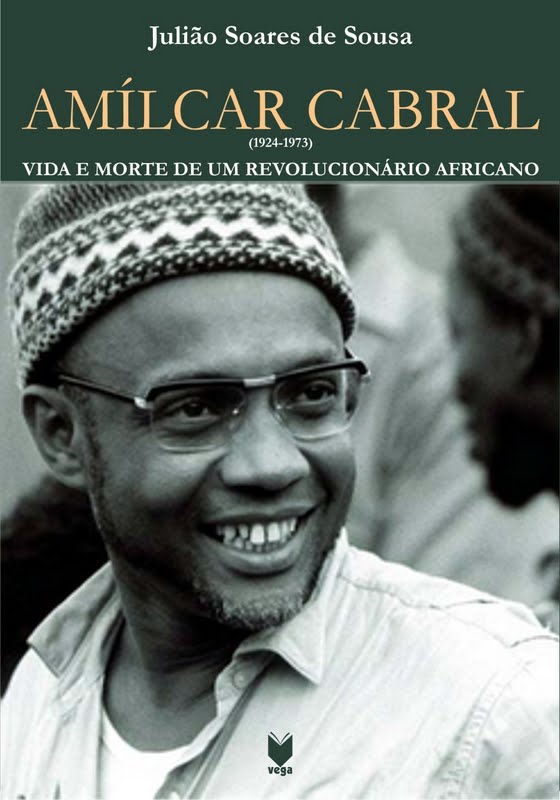
Amilcar took the opportunity to create a student party dedicated to the liberation of the Portuguese colonies in black Africa. He is interested in Pan-Africanism in the wake of N’Khrumah, in communist theories and is passionate about Senghor’s poetry and his concept of negritude. His revolutionary spirit was also inspired by his father who openly criticized the role of the Portuguese colonial regime in the deplorable situation of his colonies and insisted on the unity between Guineans (blacks) and Cape Verdeans (mestizos) whose difference had been cultivated by the Portuguese settlers. In 1952, he married Maria Helena Rodrigues, a student in his class, and at the same time received his diploma in agronomy. He begins a two-year apprenticeship period at the Santarem Agronomy Center in Portugal..
The fight for independence.
After becoming an agronomist in 1952, he returned to Guinea-Bissau to improve the condition of his people and put an end to Portuguese colonial rule. He became the director of the experimental agricultural center of Bissau, where he acquired a precious knowledge of the country and its socio-economic structure. Deemed dangerous, he was transferred to Angola for 1 year.
In 1956, he founded the PAIGC party (Partido Africano da Independência da Guiné e Cabo Verde), an underground organization with five militants Luis Cabral, Aristides Pereira, Abilio Duarte and Elisée Turpin for the liberation of the Guinean and Cape Verdean colonies. But also, he created the PLUA party (Movimento Popular Libertação de Angola) in the same year with Agostinho Neto, an Angolan nationalist whom he met in Portugal.
In 1959, Cabral decided to give up, despite his excellent reputation in this field, his work as an agronomist, which allowed him to better know the country, the inhabitants and its socio-economic realities.
With his party, they are fighting against the Portuguese army to obtain the independence of Portuguese Guinea and Cape Verde. His troops are gaining more and more ground against the Portuguese.
In July 1963, the Portuguese Minister of Defense declared that the rebels controlled about 15% of the Guinean territory, in the south of the province. In early 1964, the rebels inflicted on the Portuguese their most bitter defeat in their colonial history on the island of Como, causing them to lose more than 900 men out of 3,000. In 1965, Cabral and the PAIGC controlled about 30% of Guinean territory, in 1966 was 60% of the territory. The colonial army is going to attack from the air with chemical weapons like white phosphorus causing great damage to civilians. The PAIGC manages to adapt to this new threat, rebalancing the conflict. In 1966, he married his second wife, a Guinean, Ana Maria, with whom he had a daughter in 1969.
Military strategy
- Amilcar Cabral began setting up training camps for soldiers in neighboring countries including Ghana with permission from Nkwame Nkrumah.
- Then he taught his troops how to cultivate the land and will teach them how to have better production for their family and tribe during non-combat periods.
- He also created a fair trade which moved inside the country and campaigns to sell to the local populations of elementary products at prices lower than those of the owners of colonial stores making weaken the economy in place.
- During the combat periods, he decided to create itinerant hospitals in specific places and key stations in the conflict zone to treat the wounded soldiers and the population.
- Then, he carried out a very intense diplomatic activity to publicize his movement and legitimize its action with the international community. In 1972, the United Nations finally considered the PAIGC “as a true and legitimate representative of the peoples of Guinea and Cape Verde”.
On the other hand, he did not manage to maintain his organization, because the tensions between the Guinean fighters and Cape Verdean executives were too strong.
Amilcar Cabral Death
In 1972 Cabral began to form a popular assembly to prepare for the birth of an independent nation in Africa.
But on January 20, 1973 in Conakry (Guinea), 6 months before independence, Amilcar Cabral was assassinated by Inocêncio Kani, a former rival who worked with Portuguese agents to bring him down. And yes, following numerous defeats and humiliations, the Portuguese army had as early as 1971 planned the assassination of Cabral through its secret police, PIDE DGS. They succeeded because they played the card of the division between Cape Verdean “mixed” and Guineans “black” and that of the recruitment of former members of the party, expelled or downgraded.
Unfortunately for him, he never had the chance to see the recognition of the independence of Guinea-Bissau and Cape Verde by Portugal, on September 10, 1974. The UN in turn recognized it on September 24, 1973 .
At his death, his half-brother Luis Cabral, member of the PAIGC, who took the lead of the liberation movement and became the first free president of Guinea-Bissau from 1973 to 1980. At the same time, he was another member of the PAIGC, Aristides Pereira who will become the first president of Cape Verde.
Leader of men and guide of the revolution, Amilcal Cabral managed to wage a struggle which brought down the colonialist system of Guinea-Bissau and Cape Verde. In the eyes of many Guineans, Cabral is a national hero and pan-African revolutionary.
Do you know Amilcar Cabral?
What does it represent to you?




